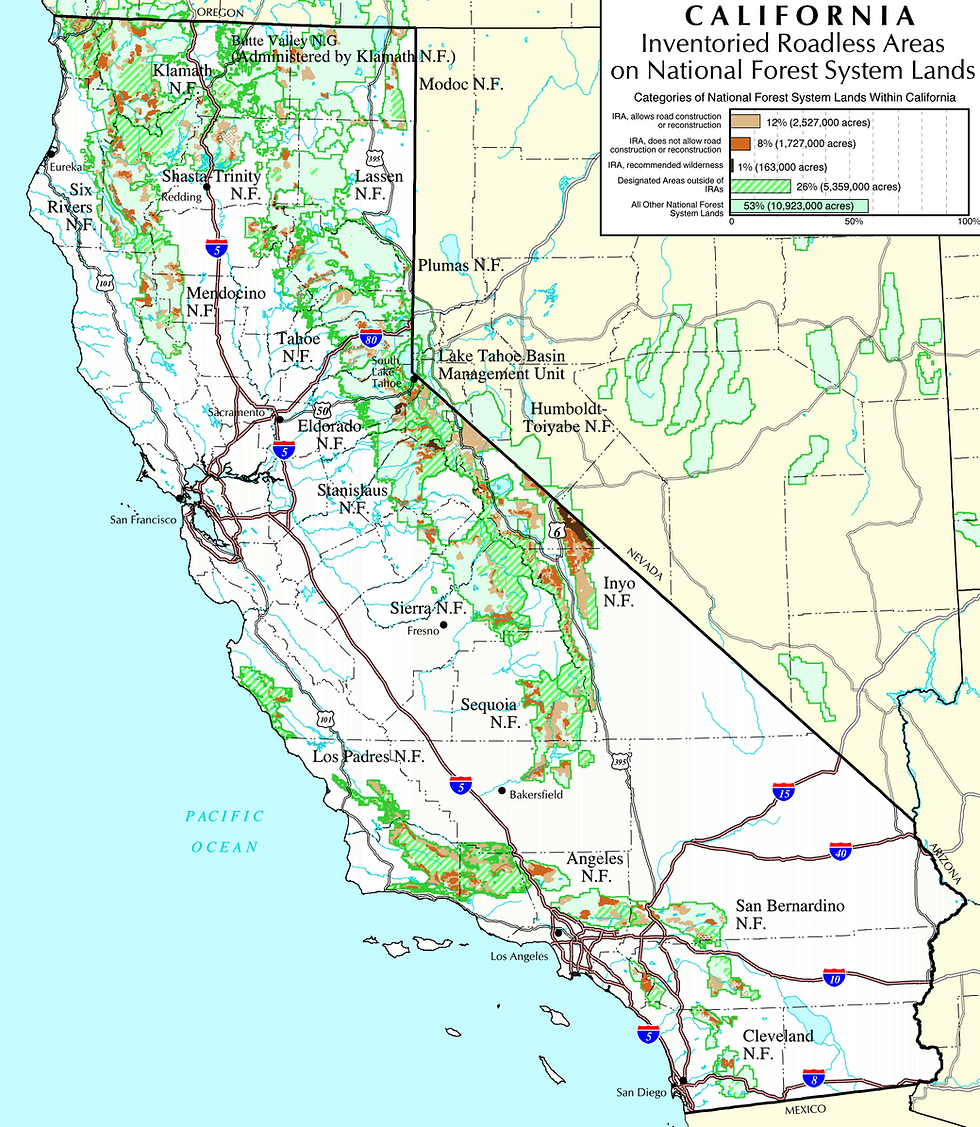ESA Protection Closer for Humboldt Marten
- EPIC Staff
- Jan 11, 2012
- 2 min read
Updated: Aug 28, 2023
Endangered Species Act Protection Closer for Rare Forest Carnivore Once Believed Extinct

Humboldt Marten at a bait station for observation in Six Rivers NF.
The U.S. Fish and Wildlife Service announced today that the Humboldt marten, a rare forest carnivore found only in coastal old-growth forests in Northern California and southern Oregon, will be reviewed for protection under the Endangered Species Act. The Environmental Protection Information Center and Center for Biological Diversity petitioned for protection for the marten in 2010. The Humboldt marten is a cat-sized carnivore related to minks and otters. Because nearly all of its old-growth forest habitat has been destroyed by logging, the Humboldt marten is now so rare that it was believed extinct for 50 years.
“Fewer than 100 of these beautiful and secretive mammals survive,” said Tierra Curry, conservation biologist at the Center. “We are thrilled that the marten is moving toward the Endangered Species Act protection that it needs to have a real shot at survival and recovery.”
“Clearcut logging and short rotation forestry has replaced diverse native forests with oversimplified tree plantations across thousands of acres of industrial timberland, driving the Humboldt marten to the brink of extinction,” said Andrew Orahoske, conservation director at EPIC in Arcata. “In order to save this unique carnivore from oblivion, we need to ban this damaging forestry practice and promote the restoration of native forests immediately.”
The historic range of the marten extends from Sonoma County in coastal California north through the coastal mountains of Oregon. The Humboldt marten was rediscovered on the Six Rivers National Forest in 1996. Since that time, researchers have continued to detect martens using track plates and hair snares. In 2009 a marten was detected at Prairie Creek Redwoods State Park by remote-sensing camera, the first to be photographed in recent times. Martens are 1.5 to two feet long and have large triangular ears and a long tail. They eat small mammals, berries, and birds, and are eaten by larger mammals and raptors
“The Endangered Species Act has been successful at preventing the extinction of 99 percent of listed species. The Humboldt marten is in dire need of this effective protection and we urge the Service to protect it without delay,” said Curry.
Following today’s “positive 90-day” finding, the U.S. Fish and Wildlife Service will now conduct a one-year review of the animal’s status to determine if the marten will be protected under the Endangered Species Act.
Contact: Andrew Orahoske, Environmental Protection Information Center (EPIC),
Tierra Curry, Center for Biological Diversity, (928) 522-3681





Comments